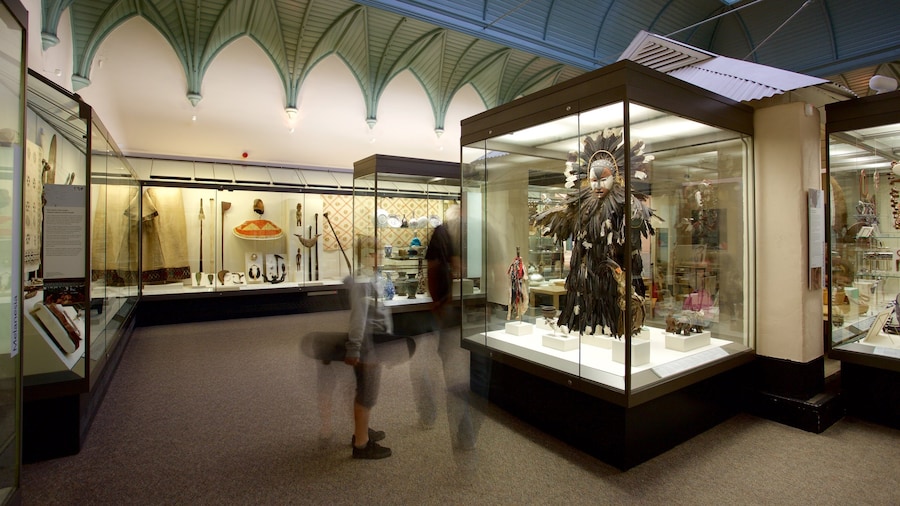Rummage through old pipe corridors that once carried water past the city ramparts. Hear stories about the site’s cholera epidemics and use as an air raid shelter.
Exeter’s Underground Passages is a fascinating attraction providing tours of the 14th-century tunnels beneath the city center. The underground network was crafted to help bring water here from beyond the city walls, with large openings built around pipes to enable quick and practical repairs.
Delve into these subterranean corridors on a guided tour and speak with the docent about subterranean history. Guides may regal visitors with tales of how the tunnels were used as air raid shelters during World War II and how cholera epidemics were caused by stagnant buildups of water in the pipes.
Be prepared to feel somewhat claustrophobic as you head down these dark and narrow passages. Hear how openings were constructed around the pipes to enable quicker repairs. That way, medieval construction workers could simply walk to find any leaks, rather than dig up the broken pipes from ground level. Choose from the array of souvenirs available in the site’s gift shop.
Look around the Underground Passages Heritage Centre for photos of the city from decades ago. Here, you’ll find the Queen Elizabeth I statue that once crowned part of the pipe network. Watch the short video on the history of the passages.
The site opens daily from morning until late afternoon in summer. In winter, it closes on Mondays. There is a fee to enter with discounts for kids and families. For safety, wear appropriate footwear, with closed toes and low heels. Arrive at least 10 minutes before the tour.
Find Exeter’s Underground Passages on the northern side of the city center. Arrive at the Exeter Central railway station and walk east for a few minutes to reach the attraction. You can also ride a bus to any of the nearby stops.
Make your way around the area to see other treasures such as the Exeter Cathedral, Bull Meadow Park and the Exeter Corn Exchange.















